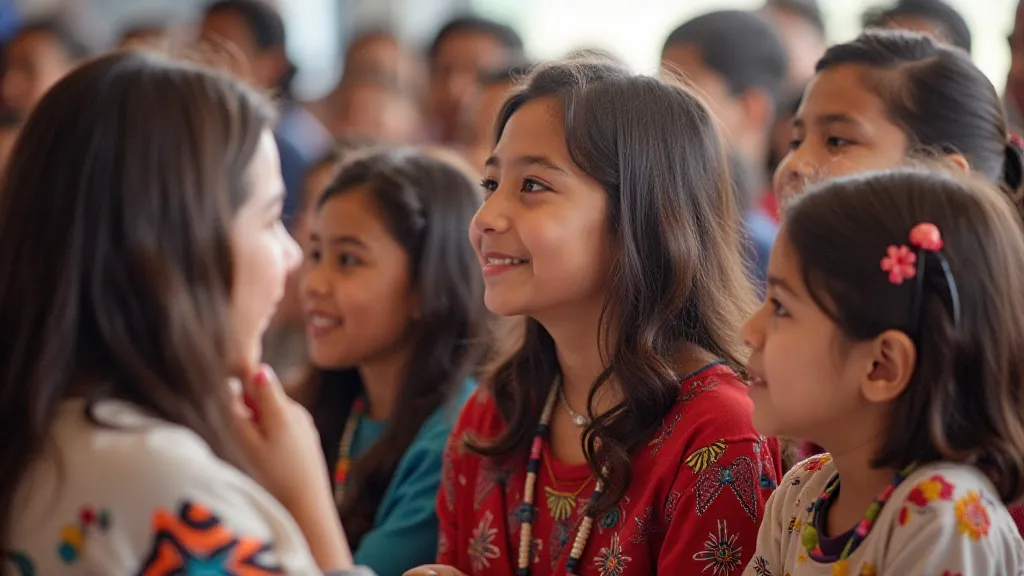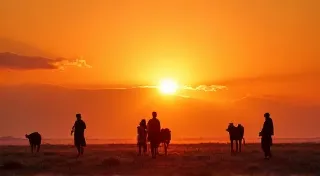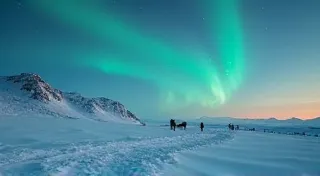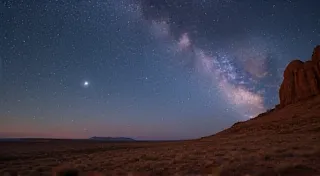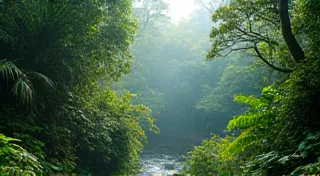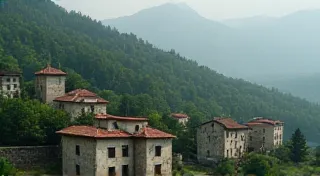Native American Storytelling: Traditions of the Navajo Nation
The Navajo Nation, spanning across parts of Arizona, New Mexico, and Utah, possesses a rich and vibrant storytelling tradition deeply interwoven with their culture, spirituality, and way of life. Storytelling isn’t simply entertainment; it’s a vital means of transmitting knowledge, preserving history, reinforcing moral values, and maintaining balance within the world. Navajo stories, often referred to as “Diné bizaad” (the Navajo language stories), offer a window into their unique worldview and the profound relationship they have with the land.
The Role of Storytellers
Traditionally, Navajo storytellers, known as “Hózhǫ́,” were respected elders, often grandparents, who possessed the knowledge and skill to recount these intricate narratives. They underwent rigorous training, memorizing vast amounts of material and learning the proper tone, gestures, and timing to effectively convey the stories’ meaning. The Hózhǫ́ held a sacred responsibility, understanding that the power of the stories lay not just in the words themselves, but in the respect and reverence with which they were told. Younger generations would gather around the Hózhǫ́, listening intently and absorbing the wisdom contained within the tales.
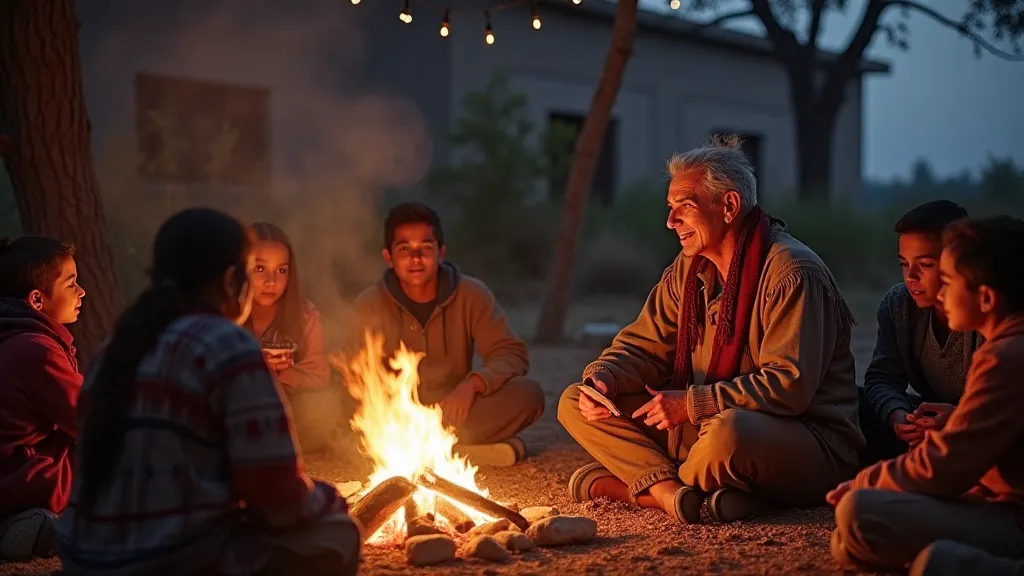
Creation Myths: The Emergence Story
Central to Navajo storytelling are the creation myths, most notably the Emergence Story. This complex and layered narrative details the Navajo people's journey from a previous world, a dark and confined place, to the current world – the Fourth World. The Emergence Story explains the origins of the land, the animals, and the plants, outlining the responsibilities humans have towards them. It underscores the importance of respecting the natural world and living in harmony with all its creatures. The story's intricate details are often symbolic, teaching valuable lessons about perseverance, humility, and the interconnectedness of life.
Trickster Tales: The Adventures of Coyote
Alongside the grand creation myths, Navajo storytelling is filled with trickster tales featuring Coyote (Maseo’ or Tsistina). Coyote isn't necessarily “good” or “bad,” but rather a complex character who often acts impulsively, makes mistakes, and ultimately, teaches lessons through his actions. These stories are often humorous and entertaining, but they also serve as cautionary tales, highlighting the consequences of greed, carelessness, and disrespect. Through Coyote’s antics, listeners are encouraged to learn from his errors and to strive for wisdom and balance.
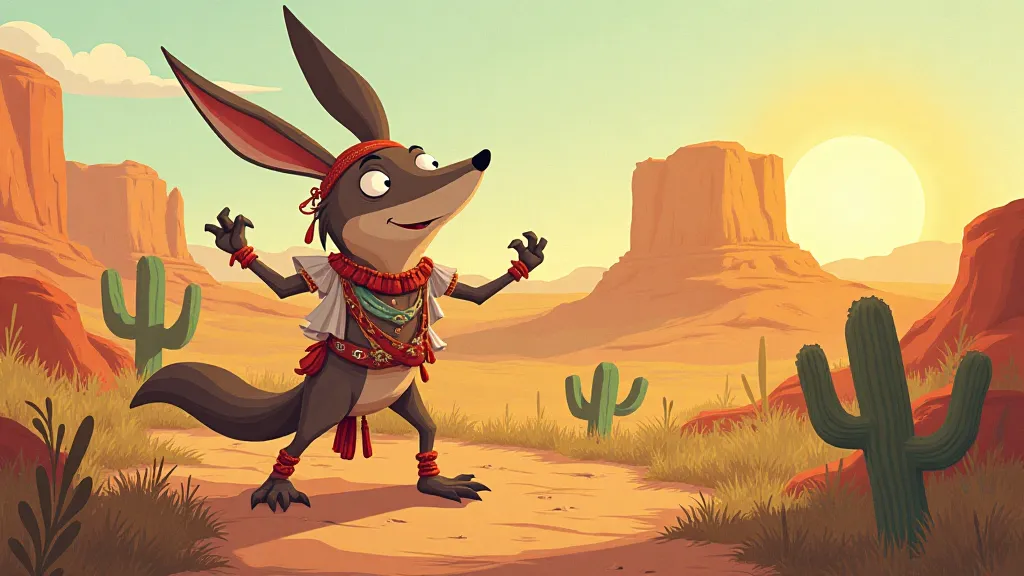
Themes of Balance and Respect
Recurring themes in Navajo storytelling revolve around the concepts of *Hózhǫ́* (balance, harmony, beauty), *Kinłání* (relationships), and *Łéʼé* (respect). Stories consistently emphasize the importance of maintaining equilibrium within oneself, within the community, and within the natural world. The interconnectedness of all things – human beings, animals, plants, and the land – is a fundamental element of the Navajo worldview, and this is beautifully reflected in their oral traditions. Disrespect for any element of this interconnected web can disrupt *Hózhǫ́* and bring about negative consequences.
Storytelling in Contemporary Navajo Culture
While the traditional role of the Hózhǫ́ has evolved with modernization, storytelling remains a vital aspect of Navajo culture. Efforts are being made to preserve and revitalize the Diné language and the oral traditions that accompany it. Storytelling events are held in schools and communities, and younger generations are encouraged to learn the stories and to share them with others. Recognizing the power of storytelling to connect people to their heritage and to transmit cultural values, it remains a living and breathing tradition of the Navajo Nation.
